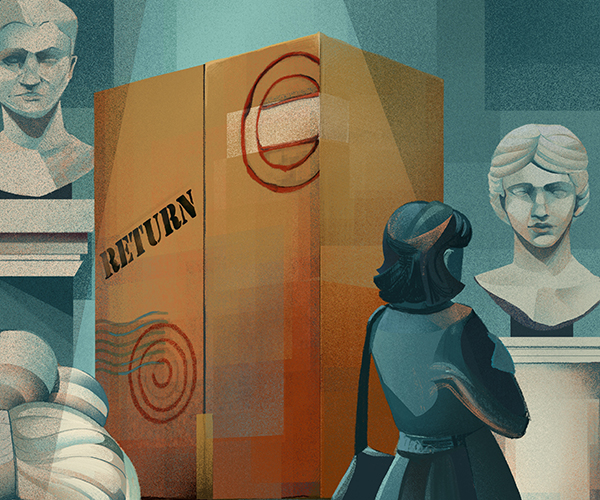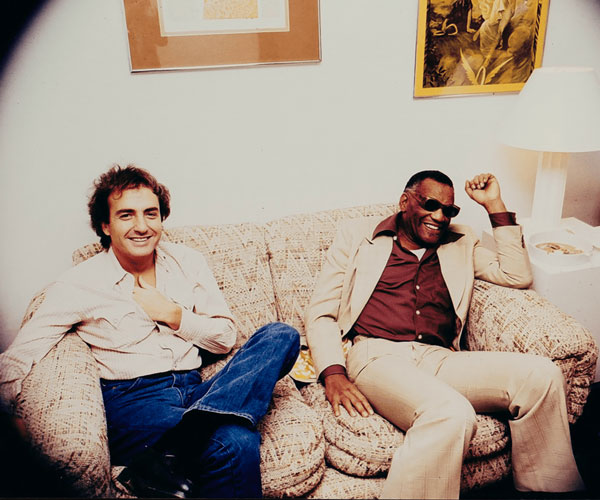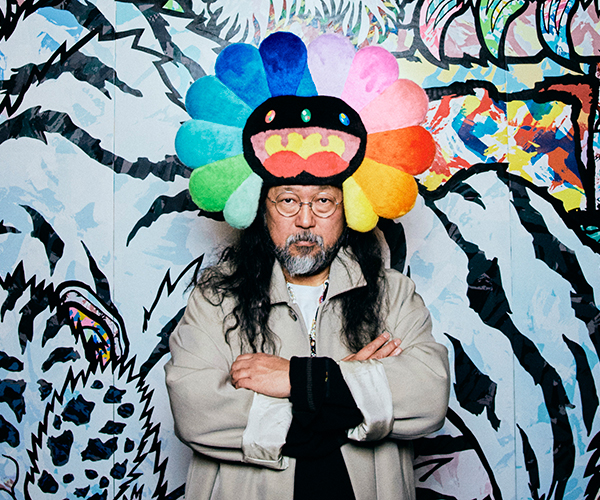|
the artwork:
Self Portrait, 1889-1890 Part of Paul Gaugin: Paris, 1889 at the Cleveland Museum of Art Oct. 4-Jan. 18 what it reveals | Gauguin often painted self-portraits with details of his own art in the background. This painting shows Gauguin posing in front of his painting In The Waves, which the Cleveland Museum of Art owns. (That’s the bather’s red hair and bare back behind Gauguin.) The brooding darkness around Gauguin’s face reflects his self-image. “He always portrays himself as an outsider,” says exhibit curator Heather Lemonedes. Gauguin, a Postimpressionist and Symbolist, isn’t interested in simply depicting nature or the way light falls on a subject. He arranges forms and colors to produce an emotional work — “something from the artist’s inner vision,” Lemonedes says. “He’s forging a new path of what painting is going to be all about.”
lemonedes’ take | “Both [works] are as much about the two artists’ own individual processes of art-making as they are about their faces,” she says. “Gauguin is painting in the way he actually does look, but it’s more or equally about the artist as a painter. He is making very clear that the background behind him is a painting.”
tannenbaum’s take | The Gauguin self-portrait is “much more in the Romantic mode,” she says. The artist is looking into his own personality. |
the artwork:
Self-Portrait Screenprint, 2007 Part of Familiar Faces: Chuck Close in Ohio Collections at the Akron Art Museum Sept. 5-Jan. 3 what it reveals | This self-portrait shows Close’s meticulous work and his interest in pushing himself to the limits, says exhibit curator Barbara Tannenbaum. This screenprint has 203 colors, which required a complicated printing process. Working with a diagonal grid, Close marked a Mylar sheet for each color by hand, filling each square with different colors and markings. “And yet if you pull back from the image, it congeals into a portrait,” she says. Though Close says his art is “much more about the system, process and visual impact than character,” viewers can’t help but size up the man in the portrait. “It’s interesting to look at this one, where he’s 67 years old,” Tannenbaum says. “As he gets older, he paints himself in a more reflective and relaxed way.”
tannenbaum’s take | Close’s focus on process makes his portraits detached and objective. “In Close’s portrait, we may know too much about his nose being red or hair turning gray, whereas the Gauguin portrait is not so much about his physical being as his emotional and intellectual being,” she says.
lemonedes’ take | This piece, she says, is “a painting about painting; it’s about how a face can be disintegrated and [about] putting it back together.”
|
Battle of the Self-Portraits: Gauguin vs. Close
Curators from both the Cleveland Museum of Art and the Akron Art Museum give us the play-by-play of each painting.
museums & galleries
12:00 AM EST
August 20, 2009



